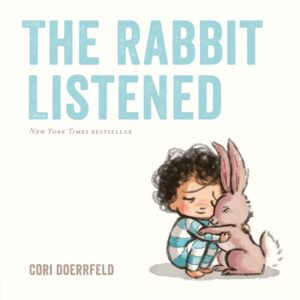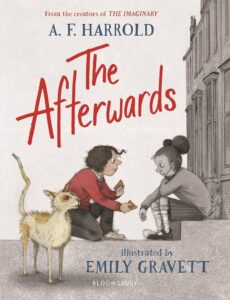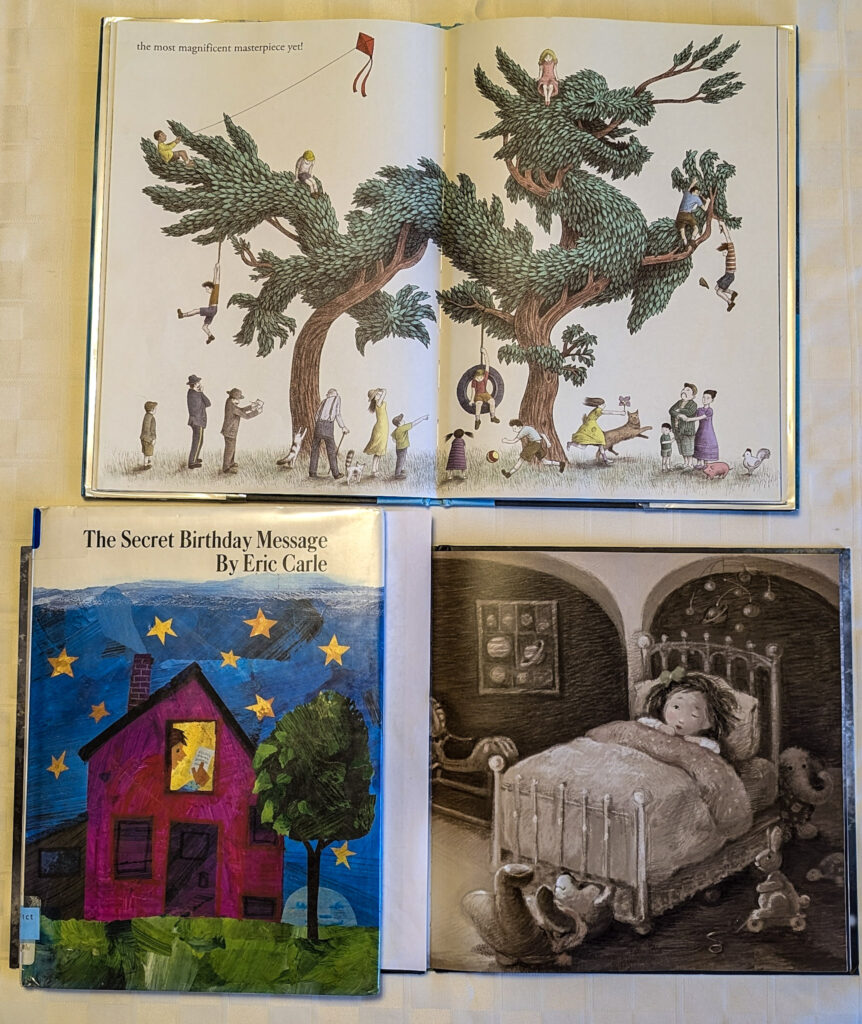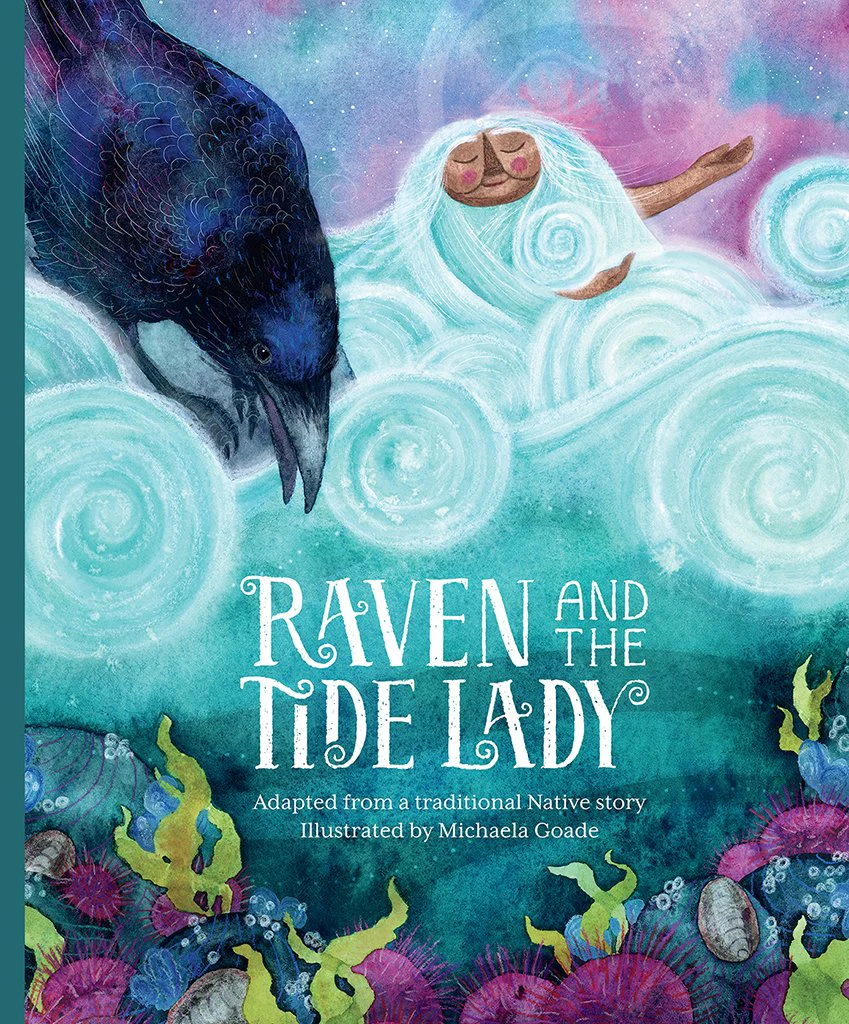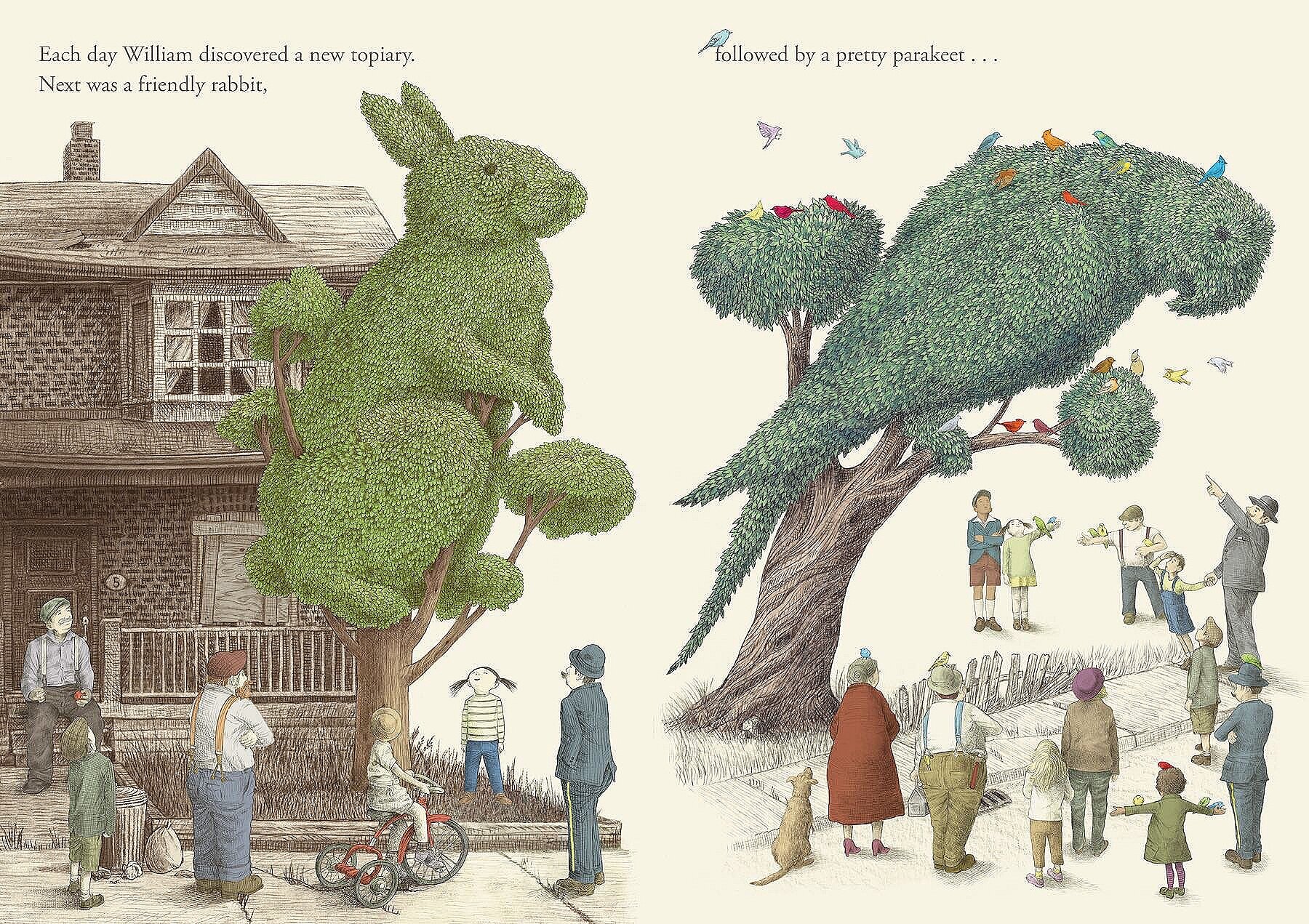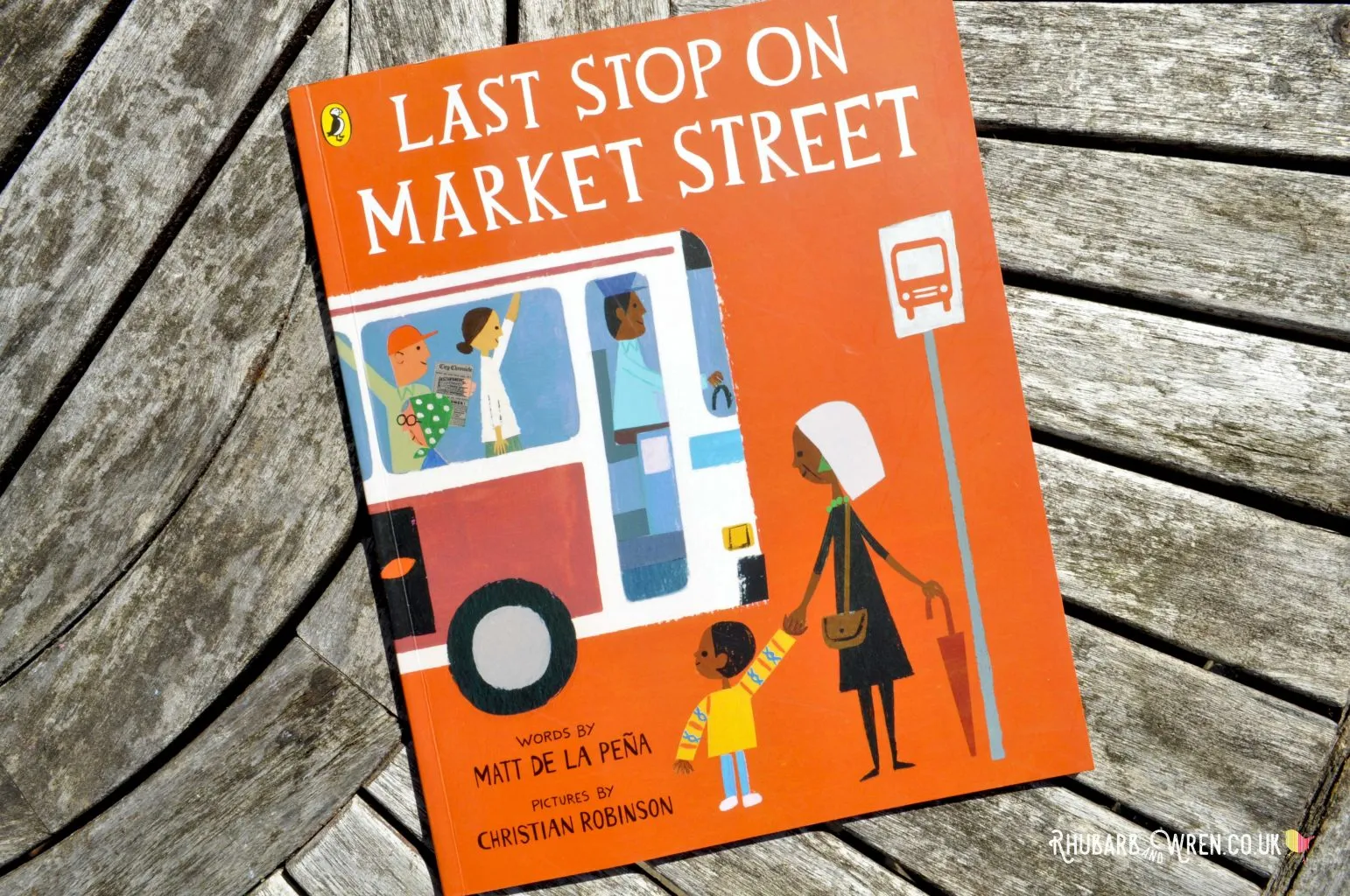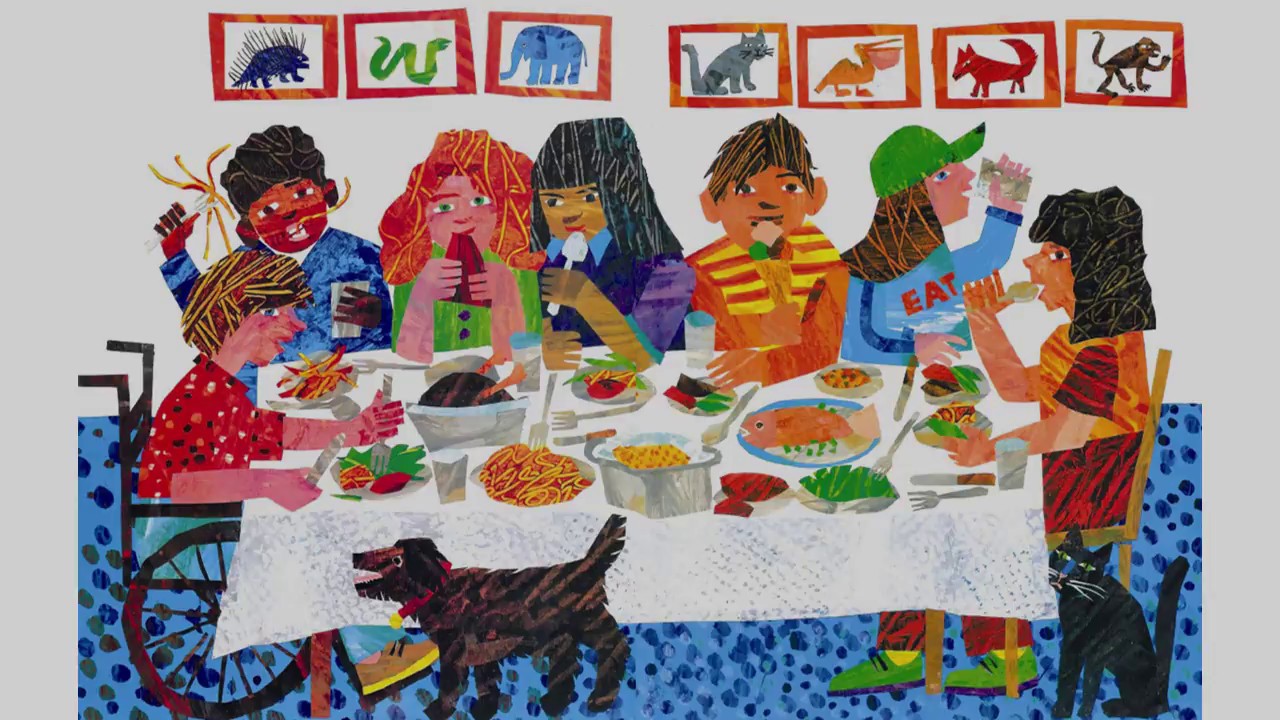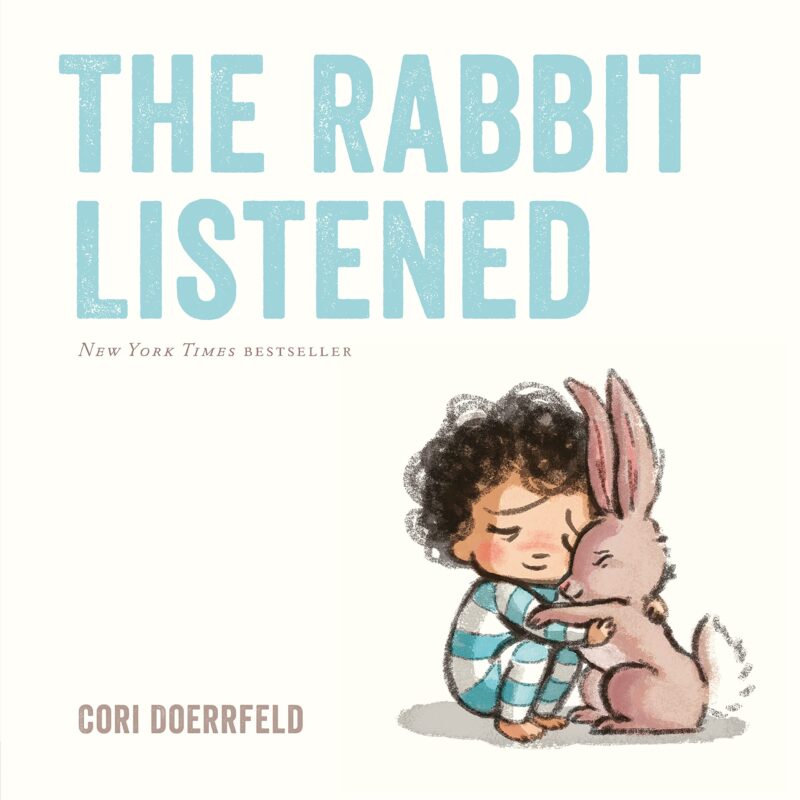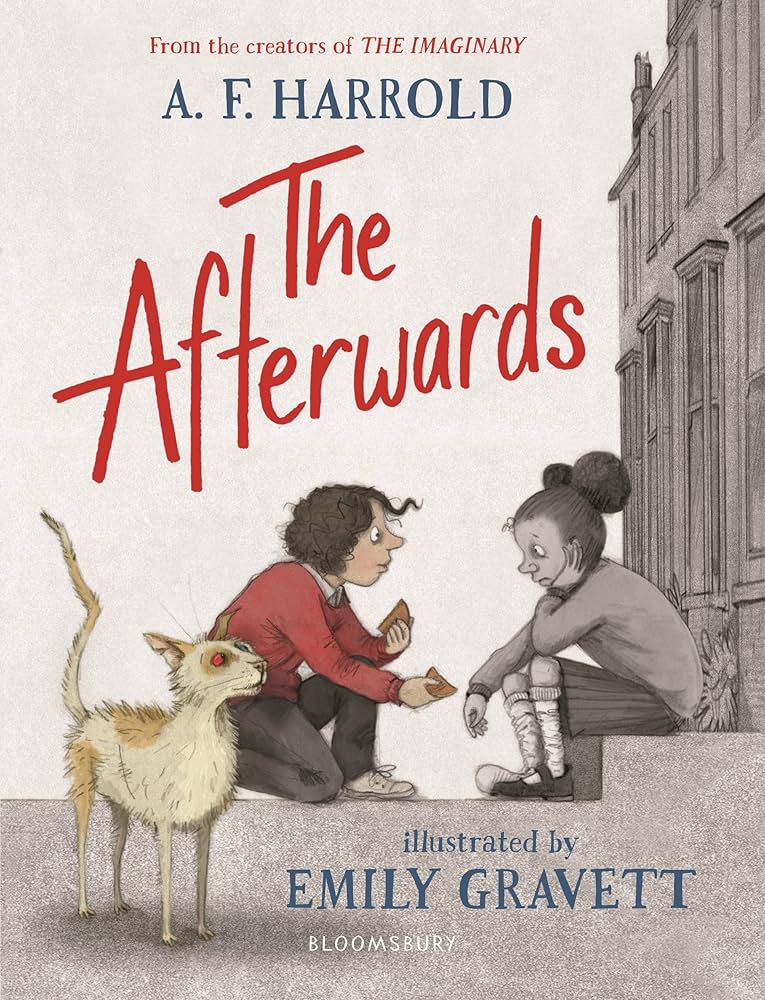This aspect of my research is absolutely fascinating! Many different styles can be used by talented artists to conjure images that bring an author’s words to life. Every word in a picture book matters, but it is the illustrations that make the story come alive, especially for children who can’t yet read. A big part of the magic of a children’s book is the illustrator’s style, which sets the overall tone. Some styles are bold and bright and evoke a lively, happy atmosphere. Other styles are muted, giving the book a more serious feel. Either way, illustration plays a big role in how well a children’s book comes together.
Picking up from where I left off in Part 1, here are three additional often-used illustration styles for children’s picture books:
Fantasy Style: This style of art veers toward the whimsical, encouraging children to tap into their imagination to make the story come alive. These illustrations tend to be carefree, dreamy, and filled with lively, colorful details. Unlike realistic art, whimsical illustrations care more about sparking imagination than showing reality. They transport readers to worlds where everyday things become extraordinary.
Whimsical illustrations set the stage for magical adventures, making them a great choice for stories featuring talking animals, enchanted forests, and mythical creatures.
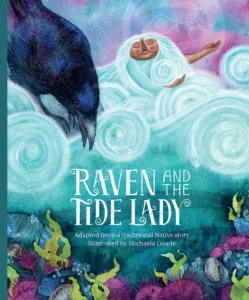
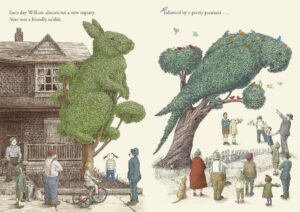
Abstract Style: Unlike realistic art, abstract art focuses on shapes, colors, and patterns instead of detailed representations of real things. Abstract illustrations encourage young readers to interpret and explore the story in a way that inspires creative artistic thought. When done well, the bold, colorful illustrations can motivate children to experiment with similar concepts when making their own art.
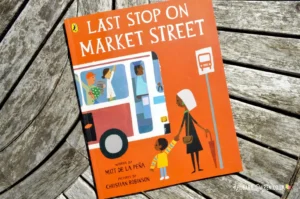
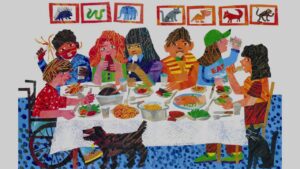
Muted or Subdued Style: In contrast to bold and bright illustrations, muted colors are most commonly used to portray serious topics in picture books, from sad to emotionally charged.
